Why I Never Cook Turkey on Thanksgiving: Living Between Two Cultures
As Thanksgiving approaches, I started preparing for the holiday as well. For me, preparation means discussing the menu with my family. As I was putting together a list of dishes, I caught myself reflecting on the intersection of food, culture, and immigrant identity.
For many immigrant families, especially Russian-speaking ones like mine, the food is not just food — it’s identity, pride, and family story. So if one day you are invited to Thanksgiving at a Russian-speaking family’s home, be prepared to see a feast. The abundance of dishes is endless — from sandwiches with red caviar, to Olivier salad, to turkey, and everything in between. The holiday table looks like people have been starving all year long. You might find yourself in disbelief at seeing all the dishes on the table.
The abundance of food carries intergenerational trauma. It tells the story of several generations who survived World War II and the food shortage. I recall my grandma telling me that during the war, she was given a small slice of bread that needed to be divided among the whole family, and she wanted to eat it alone, but she had to share it with her family. After the war, there was also a food shortage and long lines for basic items like bread and meat. That’s why sitting at an abundant table with many dishes is so symbolic and meaningful for Russian-speaking families; it holds a story about survival and safety.
If the abundance had a voice, it would say — we are safe, we can eat different dishes from pineapple to caviar, we can buy what we want — and it has a powerful meaning for generations raised in scarcity.
Although Thanksgiving has a complicated history and carries its own trauma, for many immigrant families, it can also hold a very different meaning. Unlike families who grew up with this holiday, many of us didn’t have childhood memories of mashed potatoes, pumpkin pie, and turkey. For some immigrants, Thanksgiving can feel confusing — a holiday that doesn’t quite belong to you yet.
I remember not wanting to celebrate Thanksgiving when I first came to the U.S. It felt foreign, distant, like someone else’s tradition. But as the years passed, and my adjustment accumulated slowly — through school, work, friendships, and building a life here — something began to shift.
And I noticed this shift in the most unexpected place: my Thanksgiving menu.
I never cooked a turkey. Instead, I adapted the holiday to who I was — and who I was becoming. For some reason, cooking a turkey feels very American, and the whole turkey feels too big and massive, while a medium-sized chicken feels exactly right. When I started cooking a roasted chicken stuffed with apples and prunes, a recipe that felt more like home, I understood why turkey never felt like “me.” And when it comes to dessert, baking an apple pie, using my grandmother’s recipe, not the American way, felt also right. The dishes I chose almost symbolize my assimilation into the new country and the different parts of my identity. The absence of turkey on my Thanksgiving table still symbolizes the part of me that is not fully assimilated into American culture, and that’s an important part of me.
And all my holidays come with a baked potato with dill in the oven. Potatoes symbolize my native country, Belarus, where people eat a lot of potatoes, and potato dishes are a staple of the cuisine.
Looking back, I realize those dishes became symbols of my assimilation — a blend of cultures, identities, and histories. A Thanksgiving table that held both parts of me: the girl who grew up far away and the woman who built a life in a new country.
In my work with first- and second-generation Americans, I explore the immigrant journey, family stories, and the impact of intergenerational trauma. I am not just a therapist who provides therapy in Russian and English — rather, I pay attention and create a space for different parts of a client’s immigrant journey and identity, as all these stories are important and impact who the client is today.
As Thanksgiving approaches, I will start cooking the holiday dishes, paying attention to the appreciation for the food on the table and how symbolic it is to my family, to my Belarusian dishes, to my connection to the country where I grew up, and to the absence of turkey and my roasted chicken. And as I eat my apple pie — not the American one, but my grandma’s recipe — I will feel a connection to the older generations who are no longer with us.

